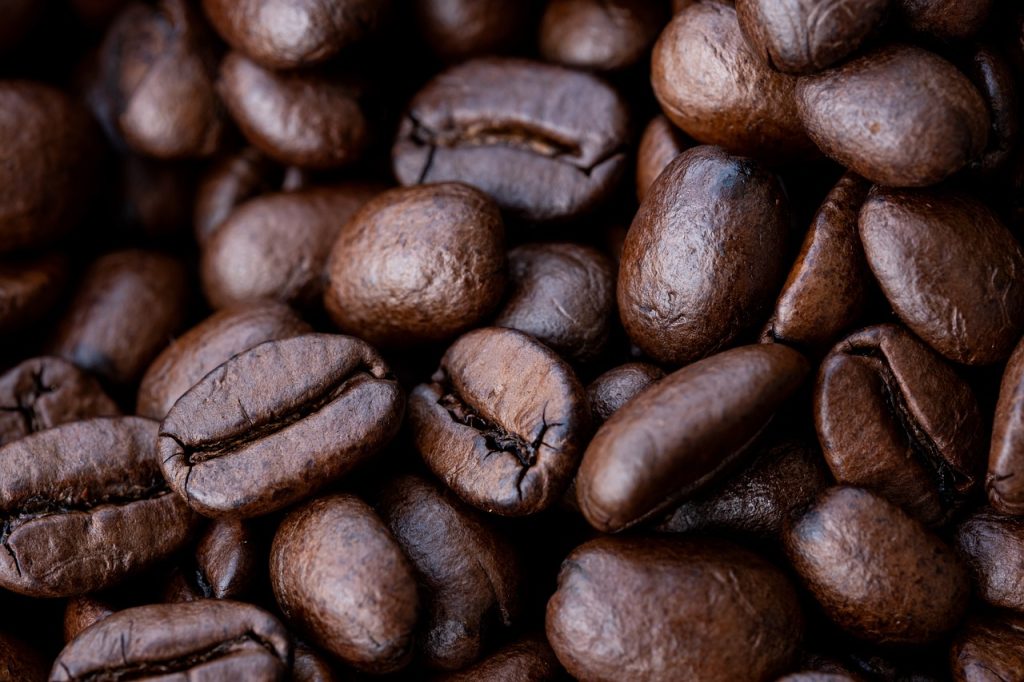Centuries ago, coffee faced staunch opposition upon its arrival in Europe, particularly from Catholic priests who deemed it malevolent. However, the tide turned when Pope Clement VIII, a man of influence and authority, decided to taste it. To everyone’s surprise, he not only enjoyed it but also humorously suggested it should be baptized! With the Pope’s endorsement, coffee swiftly gained favor across Europe, leading to the proliferation of coffeehouses.
These coffeehouses, more than just places to drink coffee, became vibrant hubs of social interaction. They were akin to ‘penny universities,’ bustling with intellectual conversations and exchanging ideas. Pope Clement’s approval significantly transformed coffee from a feared beverage to a beloved one many enjoy in these lively establishments.
Today, coffee is a big part of our lives, with different types and flavors to suit everyone’s taste. Its journey from being misunderstood to being celebrated teaches us to keep an open mind and embrace new things, even if they initially seem strange.
This is not just one instance. There are multiple instances where coffee was considered the perpetrator and banned in places.

They are:
- Back in 1777, King Frederick the Great of Prussia banned coffee because he believed it was hurting beer sales. Women in Europe also protested against coffee, thinking it made men impotent. Despite the opposition, coffee remained popular because once people got hooked on it, they couldn’t seem to give it up.
- In the late 15th century, coffee became super popular when it made its way to Mecca. This led to the opening of the first coffee houses called Kaveh Kanes. These places weren’t just for drinking coffee; they were hangout spots where guys would chill, play games, dance, and chat with friends. Sounds like our modern cafes, right? But in 1511, things took a turn when a jittery governor got nervous about coffee’s influence. He shut down the coffee houses, fearing they’d spark rebellious ideas and unite opposition against him.
Avid Writer with invaluable knowledge of Humanity!
Upcoming historian with over 30 million views online.
“You make your own life.”





